If we thought of housing solutions face to a catastrophe like Matthew, the first thing that would normally come to our minds would be camps, which provide only transitional shelter since they are not designed as if they were housing. In them, people are in a very precarious situation and sadly the reality shows us that they almost always end up being inhabited for many years by those who have lost everything in the catastrophe.
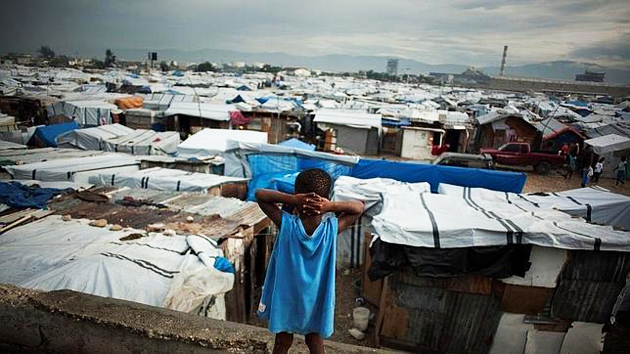
Any construction destined to constitute a dwelling should fulfill the condition of being waterproof and have an adequate thermal insulation protecting its inhabitants from the climatic inclemencies.
The hygrometric comfort determines a series of factors, like the humidity, temperature and ventilation of the inhabited spaces and it is related directly to the characteristics of the house, with the climate of the surroundings and with the inhabitants. Any construction destined to constitute a house should comply with the condition of being waterproof and have an adequate thermal insulation protecting its residents from the inclement weather.
In the first part of this article, we had talked about extremely resistant and comfortable homes.
Let us deepen this last quality, taking as a model to follow a house that complies with European regulations.
Seville and Cordoba (Spain) holds the record of having reached the highest temperature in Europe (51 ° C), and its historical temperatures are quite higher than those in Haiti, whose maximum temperature for August is 33.6 ° C.
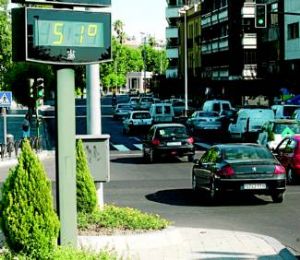
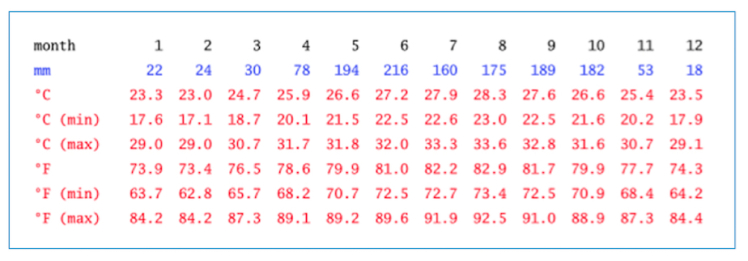
Temperatures and raining (Haiti)
We would use exterior walls and roofs with thermal transmittance values of 0.82 W / m2K and 0.45 W / m2K respectively.
Thermal transmittance is the measure of heat flowing per unit of time and surface between the exterior and interior of a house, through its walls and its cover. As lower is this value, the thermal insulation will be major for the elements that surround the house.
If as wall insulation we used a construction system that incorporates a 40 mm thick expanded polystyrene board and 80 mm thick for the cover, we would obtain thermal transmittance values equal to:
U walls = 0.775 W / m2K
U cover = 0.420 W / m2K
And since these values are lower than the limits set in the aforementioned Spanish legislation, we could say that with these walls and cover, our house in Seville would be approved by the relevant authorities.
Let us see the diagrams of steam pressures through the walls of our house, according to calculation procedure indicated in CTE – DB HE.
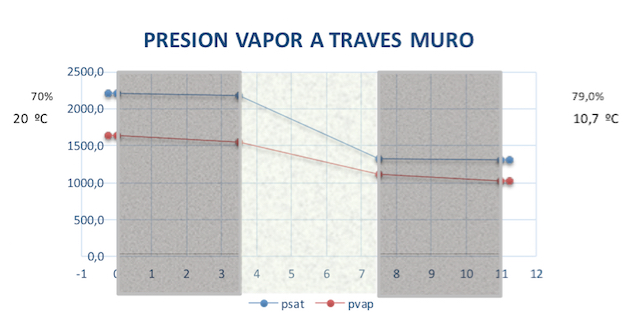
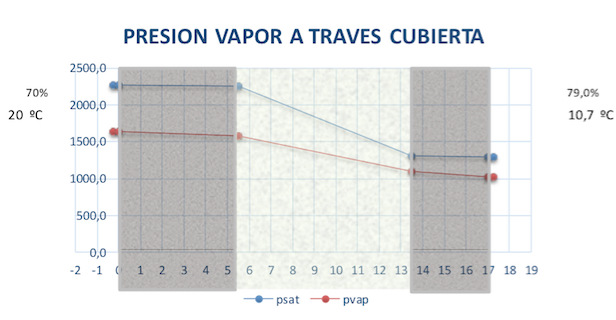
Two enclosures are thermally equivalent when they have the same thermal transmittance value. As an example, we will indicate the values of thermal transmittance U expressed in W / m2ºC for different types of enclosure of the traditional construction, and its relation with the wall of the house that we are imagining. This relationship will indicate how many times our thermal insulation is better compared to others:
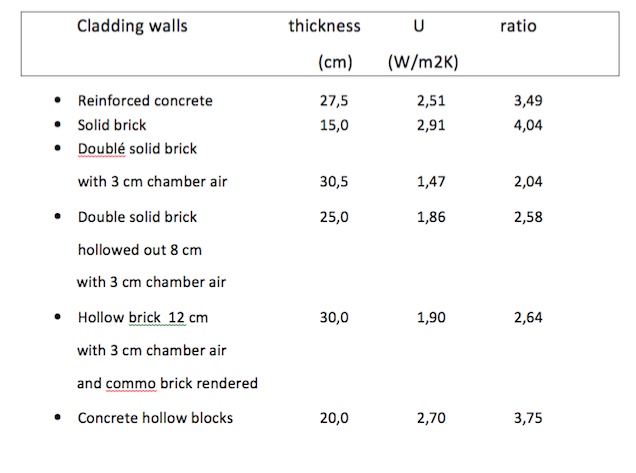
This means that the walls of our house in Seville are, for example, 4 times with greater thermal insulation than a solid brick wall of 15 cm, or 3.75 times better than a wall of concrete hollow blocks of 19 cm thickness.
But, could we have all these improvements in an affordable housing solution for all the affected by the catastrophe?
The answer is YES
The people affected by Hurricane Matthew could have access to this house that would exceed Spanish regulations in a city like Seville.
The house would fulfill both in relation to thermal insulation limit as well as that there would not be condensations in its walls.
All this quality and solution could be fit in an affordable house as we will be expose you in the next part
It’s unimaginable!
Authors: Marcelo Zolezzi and Jose Miguel Rodriguez







